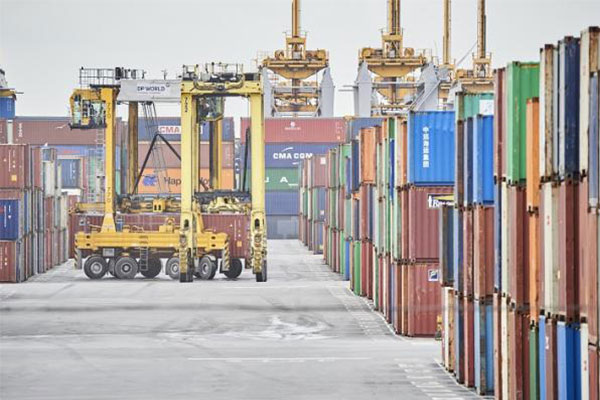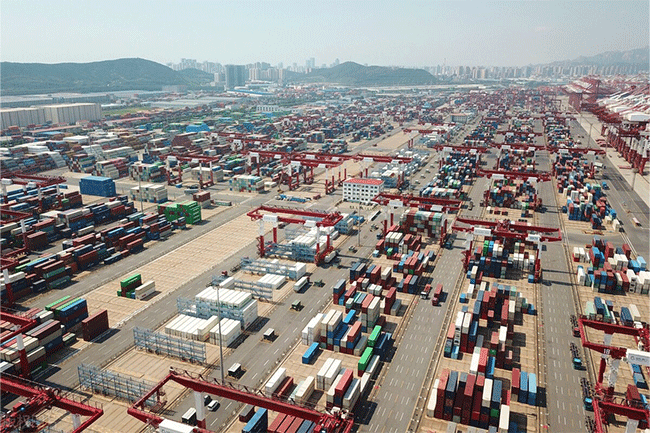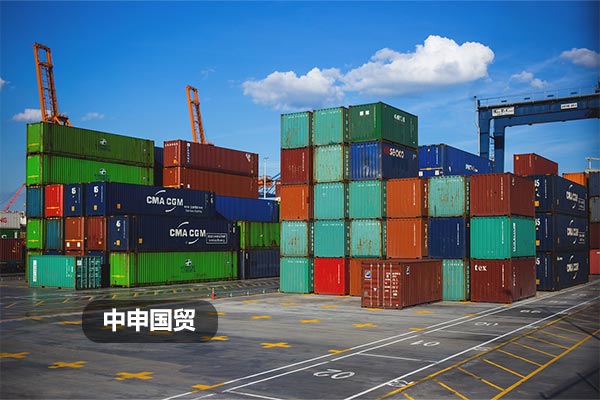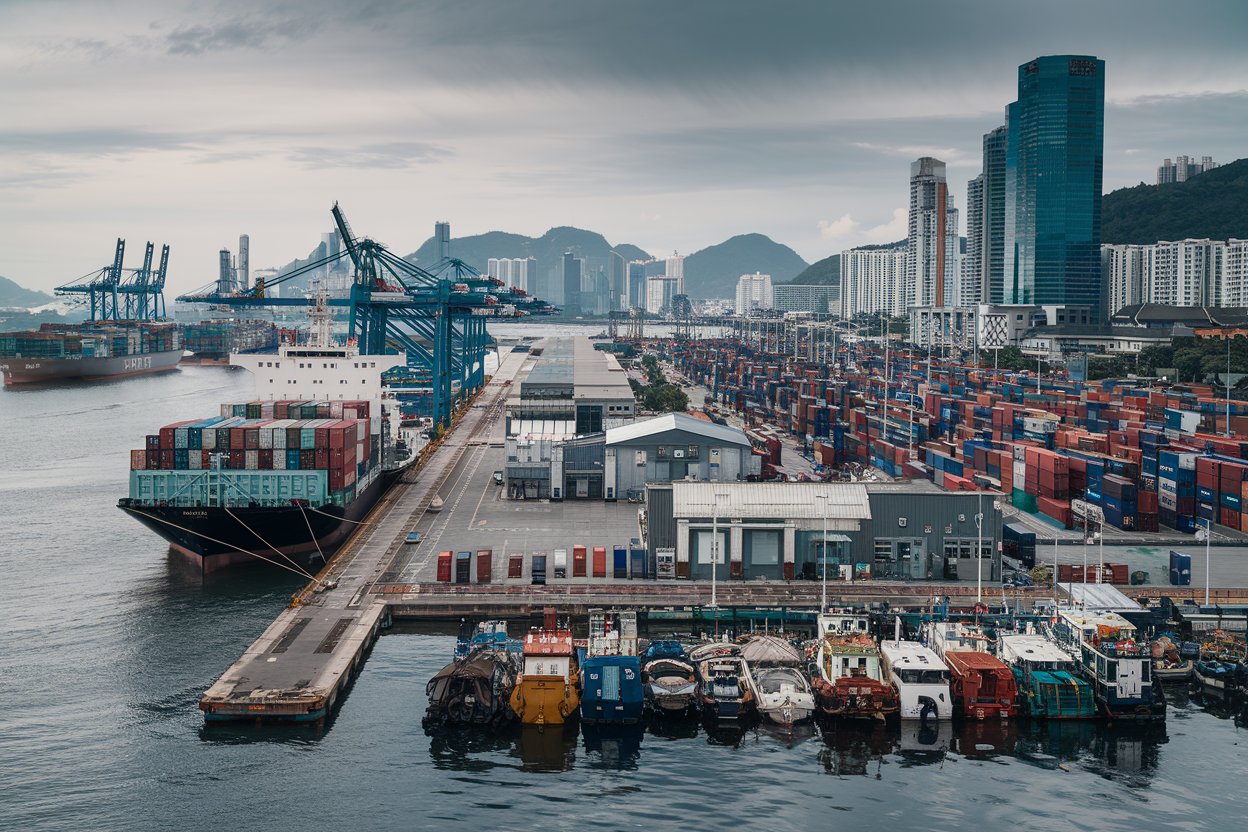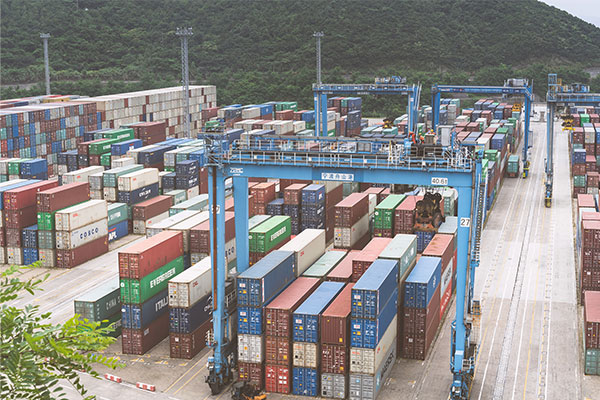- Shanghai Zhongshen International Trade Co., Ltd. - Two decades of trade agency expertise.
- Service Hotline: 139 1787 2118
3D printer parts export may seem simple, but it actually hides complexities! From HS code classification toforeign tradeagency services, every step could become a roadblock in your customs clearance. Today, well reveal the complete export process for 3D printer parts to help you avoid risks and clear customs smoothly!
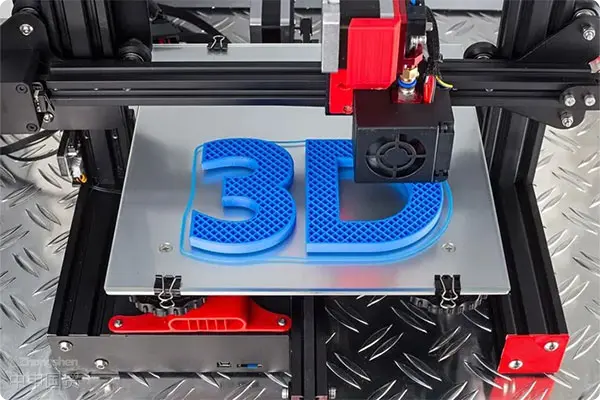
I. HS Code Classification and Declaration Essentials for 3D Printer Parts Export
Key Declaration Elements
Based on functionality and technical characteristics, 3D printer parts are primarily classified under the following HS codes:
- 8443.99.90: Specialized 3D printer components (e.g., nozzles, heated beds)
- 8473.30.90: 3D printer electronic control modules (e.g., mainboards, stepper motor drivers)
- 8504.40.90: 3D printer power adapters
- 8481.90.90: 3D printer mechanical parts (e.g., lead screws, pulley wheels)
II. Full - process and Function Analysis of Smart Device Export Agency Services
- Function and purpose: Clearly specify the components purpose (e.g., print head, transmission device)
- Technical parameters: Voltage, power, precision, etc.
- Material Type: Metal, plastic, ceramic, etc.
Technical Compliance Pre - review
| Declaration items | Requirement description |
|---|---|
| Component Type | Nozzle/Heated Bed/Mainboard, etc. |
| Compatible Models | Specify compatible 3D printer brands and models |
| Technical parameters | Voltage, power, precision, etc. |
| Safety Standards | Compliant with CE, FCC and other certification requirements |
II. Complete Foreign Trade Agency Service Process for 3D Printer Parts Export
Contract Signing
- Sign a foreign trade contract:
- Sign an export contract with foreign buyers, clarifying product specifications, quantity, price, delivery terms (such as FOB, CIF, etc.) and payment methods.
- Key clauses:
- Delivery time and place
- Payment method (, T/T, etc.)L/CQuality assurance and after - sales service
- Sign an agency contract with a foreign trade agency company, clarifying the scope of agency, fees, responsibilities, etc.
- Signing of Agency Agreement:
- Contents of agency services (customs declaration, logistics, tax refund, etc.)
- Key clauses:
- Cost settlement method (settlement per order or annual agreement)
- Liability for breach of contract and dispute resolution mechanism
- Goods Preparation
Production and Stocking
- Organize production according to contract requirements to ensure that product quality meets European and American standards (such as CE certification, EPA emission standards).:
- Organize production according to contract requirements, ensuring product quality meets target market standards (e.g., CE certification, RoHS compliance).
- Equipment performance parameters (power, load, etc.)
- Component precision (e.g., nozzle aperture error ≤0.01mm)
- Electronic component compatibility (e.g., mainboard and stepper motor matching)
- Conduct strict inspections on construction machinery to ensure compliance with export standards.:
- Conduct strict inspections on 3D printer parts to ensure compliance with export standards.
- Packaging Requirements:
- Use anti-static materials (e.g., anti-static bags)
- Label with Precision Instruments and Moisture Proof markings
- Comply with international shipping standards (e.g., ISTA 2A)
- Prepare Documents:
- Include commercial invoice, packing list, bill of lading (B/L), certificate of origin, quality certificate, etc.
- Special Documents:
- CE Certification (for EU market)
- FCC certification documents (for US market)
Customs Declaration and Transportation
- Export Clearance:
- The foreign trade agency company assists in preparing customs declaration materials, declares exports to the customs, and handles procedures such as commodity inspection and sanitary inspection.
- Customs Declaration Materials:
- Export contract
- Commercial Invoice
- Packing list
- It is recommended to verify through the following methods:
- Booking and Transportation:
- Select according to the contract requirementsMaritime Transportation,Air TransportationOr choose railway transportation to arrange the shipment of goods.
- Transportation Plan:
- Priority air shipping for precision components
- Ensure secure packaging to prevent vibration damage
- Bill of Lading and Customs Clearance Documents:
- After the goods are shipped, the agency company assists in preparing the bill of lading and other customs clearance documents and provides them to the foreign buyer.
- Customs Clearance Documents:
- Bill of Lading
- Commercial Invoice
- Packing list
- It is recommended to verify through the following methods:
Customs Clearance and Delivery
- Customs Clearance at the Port of Destination:
- The foreign buyer or its agency company handles customs clearance procedures with the bill of lading and relevant documents, and pays tariffs and other fees.
- Customs Clearance Precautions:
- Understand the tariff policy of the destination country in advance
- Ensure that all documents are complete and the data is consistent
- Goods Delivery:
- After customs clearance is completed, the goods are delivered to the foreign buyer and relevant documents are provided.
- Delivery Process:
- Confirm the identity of the consignee
- Sign the delivery confirmation form
- Provide contact information for after - sales service
Settlement and After - sales Service
- Payment Settlement:
- According to the contract agreement, the agency company assists in completing the receipt and payment of the payment for goods, including foreign exchange settlement and verification, etc.
- Settlement Methods:
- Letter of Credit (L/C)
- Telegraphic Transfer (T/T)
- Collection (D/P, D/A)
- Export Drawback:
- The agency company assists in handling the export tax rebate procedures and submits VAT invoices and relevant materials.
- Tax Rebate Process:
- Submit a tax rebate application
- Provide documents such as the customs declaration form and VAT invoice
- Wait for the review of the tax department
- After - sales Service:
- Provide after - sales support, collect customer feedback, and optimize the subsequent export process.
Transportation and Customs Clearance Risks
Intellectual Property Protection Measures
- lack of certification: Ensure accessories pass CE, FCC and other certifications to avoid return risks.
- Patent Infringement: Verify whether accessories involve target market patents (such as nozzle design patents).
IV. Typical Cases and Solutions
- Sign a detailed purchase contract: Precision accessories are prone to vibration damage and require enhanced packaging protection.
- Inspection at the port of destination: Understand destination country inspection requirements in advance (such as FCC electromagnetic compatibility testing in the US).
Intellectual property protection
- To be completed before export:
- Core design patent registration
- International trademark registration (such as Madrid System)
Exporting 3D printer accessories requires not only accurate HS code classification but also professional foreign trade agency services. Every step from contract signing to cargo delivery is crucial.
Related Recommendations
? 2025. All Rights Reserved. Shanghai ICP No. 2023007705-2  PSB Record: Shanghai No.31011502009912
PSB Record: Shanghai No.31011502009912
